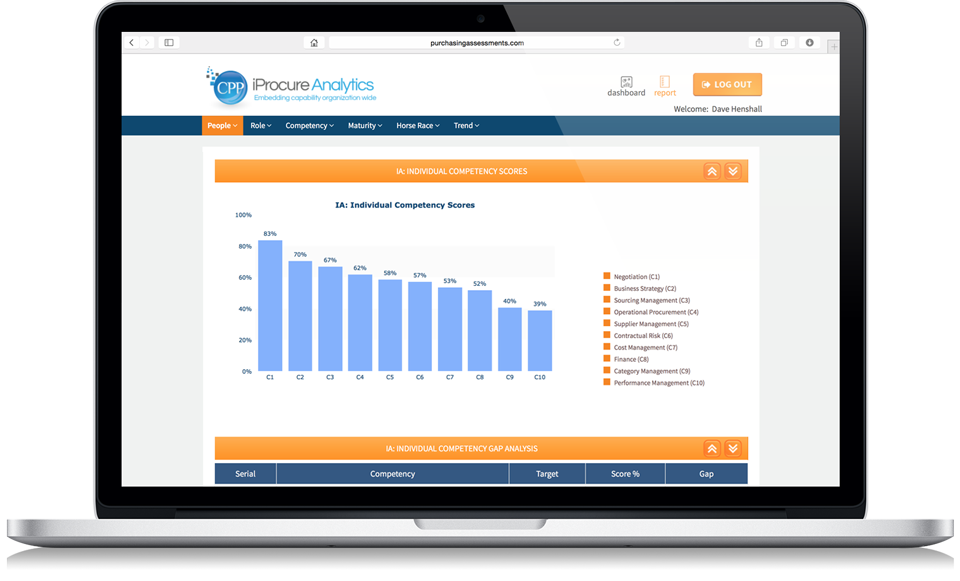 Strategic Procurement Planning needs to have senior management commitment and be conducted at the Organizational, Category, and Supplier level, focused on the key business issues and objectives.
Strategic Procurement Planning needs to have senior management commitment and be conducted at the Organizational, Category, and Supplier level, focused on the key business issues and objectives.
The basis of good planning usually defines what will be done, who will do it, how it is to be done and when it will be done within the political context of the organization.
Essentially the planning process needs to analyse and answer the core questions:
1. Where are we now?
2. Where do we want to be?
3. How will we get there?
These core questions can then be broken down into a series of logical steps. The benefits of such a process can be very powerful.
By having a clear understanding of how procurement can best shape and support the corporate objectives, significant gains can be made in terms of cost, service and added value for your organization, and can help create a unified sense of purpose among those involved in the procurement process.
Well, now we have ascertained that you should have a strategic procurement plan…….
1. Do you have an annual and 3 year business plan for procurement in your organization?
2. Do you know the key business issues that your business will address over the next week, month, year, three years?
3. How often do you research, and analyse supply markets and suppliers?
4. When was the last time you contacted your internal client base? Do you offer valued resources and reports?
5. Have you established a baseline?
6. How often do you do all this?
7. Does procurement have a vision and mission statement
8. Have you prepared your initiatives to address key strategic issues and priorities?
9. Do you have a clearly defined program?
10. Have you established clear goals and objectives aligned to the business?
11. Have you set your business targets….using the S.M.A.R.T. Principle
12. How will conduct performance management to evaluate progress
Procurement must identify the key business issues or business drivers and define them in such a way that the purchasing contribution can be identified and clearly articulated. By linking the key business issues with purchasing contribution, procurement can identify the critical success factors. These can then be broken down into quantifiable business objectives, resulting in a series of strategic initiatives that will lead to the achievement of the objectives, which in turn will make the strategy a reality.
Let us have your thoughts, suggestions or comments.

